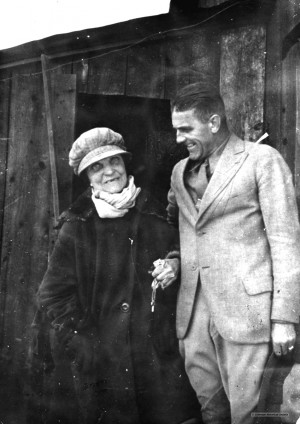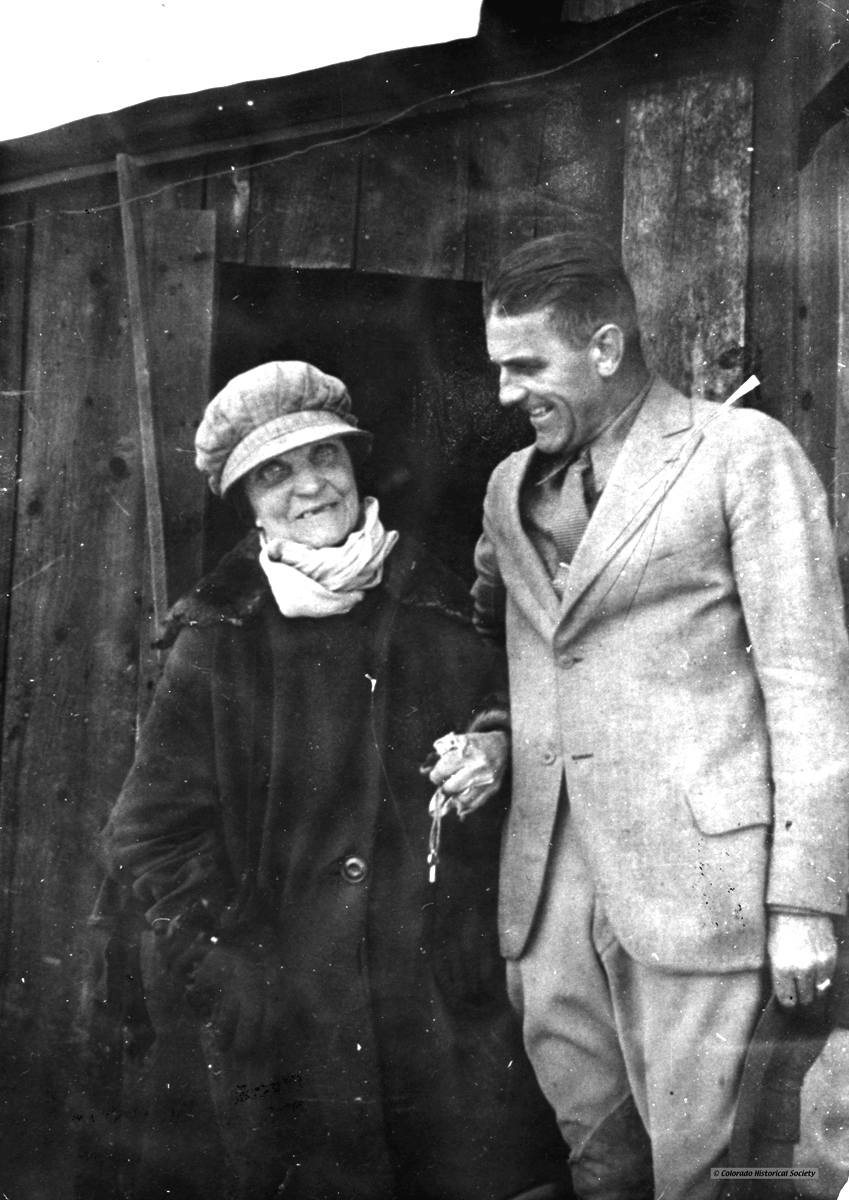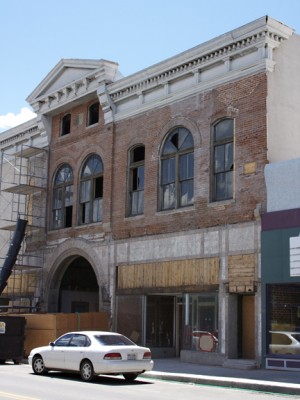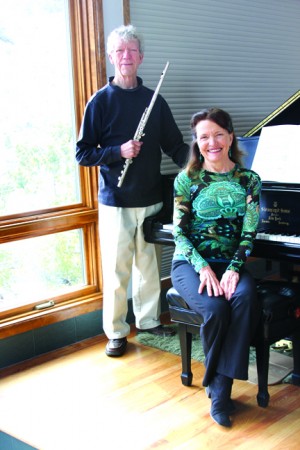Part 7: An “afternoon interlude”with Baby Doe
by Francisco A. Rios
Note: This is the last in a series of letters chosen from hundreds from the Tabor Collection at the Colorado Historical Society and cataloged by Dr. Rios, a retired professor from the University of Colorado at Denver.
An exchange of letters in the summer of 1951 between Edgar C. McMechan, Curator of the Colorado History Museum, and Mr. Deck Wilmoth of Tulsa, Oklahoma, induced the latter to write a delightful narrative of an afternoon spent in the company of Mrs. Tabor in the late years of her life. In the same letter he discusses a snap shot that he had taken of Mrs. Tabor in the late winter of 1933 and one photograph of him and Mrs. Tabor together. Mr. Deck wonders if the pictures “have any historical value.”

I seem to recall seeing there, [at the Colorado History Museum] several years ago, in a display case in the Tabor section, a copy of a picture of Mrs Tabor with a companion standing in the door way of her cabin at the Matchless Mine. In that copy is shown the twine and gunnysack wrappings encasing her feet—and it is the picture which I made.
The enclosed enlarged copies of Mrs Tabor and her cabin at the Matchless Mine are companion pictures made at the same time and the subject with Mrs Tabor in this instance is the writer.
I am glad to forward these to you if they have any historical value in the Tabor Collection. I feel reasonably sure, because of the circumstances, that this is the last picture made of Baby Doe. At the time of her death, nor since, in all that has been written and shown of the Tabor story, have I seen any thing that would seem to post date this picture.
If you are familiar with the peculiarities and obsessions of Baby Doe the circumstances of the picture may have some interest. Through 1931-34 I was living in Leadville and working on a gold placer exploration project, in lower California Gulch and the Arkansas Valley, in which the local engineering firm of Platt and Kleff had an interest.
One party member was Charles B. Popkin, then an architectural and engineering student. On this day I write of he had gone alone, with his sketching equipment, to a knoll just above the cabin at the Matchless to make a pencil drawing. When he had finished he went to the cabin door and knocked to explain to Baby Doe why he was there. Surprisingly enough she answered the door in this case, gave her permission and invited him back. This so startled Popkin, in view of the legend about her, that he hurried back to Leadville and we prepared to return after lunch.
In driving by car to her cabin, and as we approached it, we met her walking down the narrow road to Leadville, from Fryer Hill, attired as she is in the picture with the gunnysacks wrapped around her feet. To our amazement she affably accepted an invitation to ride. We returned to Leadville with her and conducted her on a shopping tour about town to some disbelief of the townspeople who were not accustomed to seeing Baby Doe with any one, much less in the company of two “foreigners” in a Chrysler coupe.
Among several of her needs, as we drove about town, was a delicately expressed wish and need for some whisky. To my eternal shame I provided a cheap brand of Bourbon as a gift—shame because it was cheap and raw—and later joined her in a toast with it, drunk from a tin cup, as we sat around her wood burning stove with her in her cabin while she talked. The whisky was “just for a tonic, and to renew her strength” as she expressed it with some whimsey.
For more than two hours she related much of her life and travels with H.A.W. Tabor always referring to him as Mr. Tabor. She would digress and get on the subject of the mine but would always return to the main theme where she had left it. Her manner with us was friendly and gracious and the grand manner still clung to her in that afternoon interlude.
It was when we left that she consented to stand with each of us for pictures. The following day when we returned, at her insistent request, to “have a bowl of soup” with her our knock was ignored and we were not admitted.
Our experience with her that afternoon was a contradiction. Traditionally she was more or less a belligerent recluse who had denied interviews with both the AP and UP and shunned photographers. I have been asked why we did not write the story when it was fresh and timely. Only because, I guess, we lacked awareness and alertness—a case of living so close to the forest we couldn’t see the trees.
Incidentally nothing could induce her to autograph the pencil sketch of the cabin. It was “maybe tomorrow” or “come back again”. She wasn’t signing anything for any one. Tabor’s admonition to never part with the Matchless may have had something to do with that.
A Rocky Mountain News article began this series on the Tabors. In that article Lee Taylor Casey wrote that Baby Doe “exemplified the indomitable spirit which was once the West … able to look good or evil fortune full in the face, and to meet either with independence and determination.”
To the surprise of her visitors, Baby Doe was also “affable,” as we see in this picture, and Wilmoth and Popkin were indeed fortunate to have spent an afternoon with her, and even more surprising, to have taken her picture. If in reality this is one of the last pictures taken of Baby Doe, it is one to treasure. We are glad to know that, gunny-sack shoes and all, Mrs. Tabor kept her smile and “grand manner” to the end.



